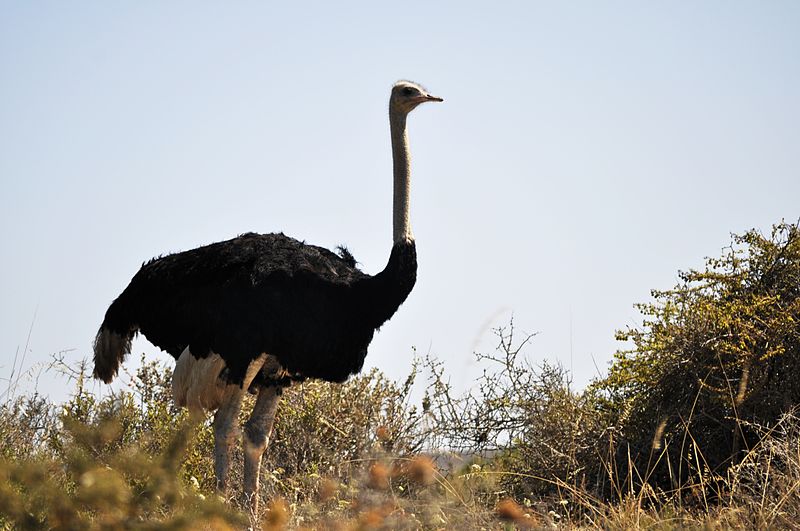Hello ladies and gents this is the Viking telling you that today we are talking about
OSTRICH
Struthio is a genus of birds in the order Struthioniformes, whose members are the ostriches. It is part of the infra-class Palaeognathae, a diverse group of flightless birds also known as ratites that includes the emus, rheas, and kiwis. There are two living species of ostrich, the common ostrich and the Somali ostrich. They are large flightless birds of Africa who lay the largest eggs of any living land animal. With the ability to run at 70 km/h (43.5 mph), they are the fastest birds on land. It is farmed worldwide , particularly for its feathers as they are used as decoration and feather dusters. Its skin is also used for leather products.
History
The genus Struthio was first described by Carl Linnaeus in 1758. The genus was used by Linnaeus and other early taxonomists to include the emu, rhea and cassowary, until they each were placed in their own genera. The Somali ostrich (Struthio molybdophanes) has recently become recognized as a separate species by most authorities, while others are still reviewing the evidence.
Distribution and habitat
Today ostriches are only found natively in the wild in Africa, where they occur in a range of open arid and semi-arid habitats such as savannas and the Sahel, both north and south of the equatorial forest zone. The Somali ostrich occurs in the Horn of Africa, having evolved isolated from the common ostrich by the geographic barrier of the East African Rift.
In some areas, the common ostrich's Masai subspecies occurs alongside the Somali ostrich, but they are kept from interbreeding by behavioral and ecological differences. The Arabian ostriches in Asia Minor and Arabia were hunted to extinction by the middle of the 20th century, and in Israel attempts to introduce North African ostriches to fill their ecological role have failed. Escaped common ostriches in Australia have established feral populations.
And as always have a chilled day from the Viking

Comments
Post a Comment